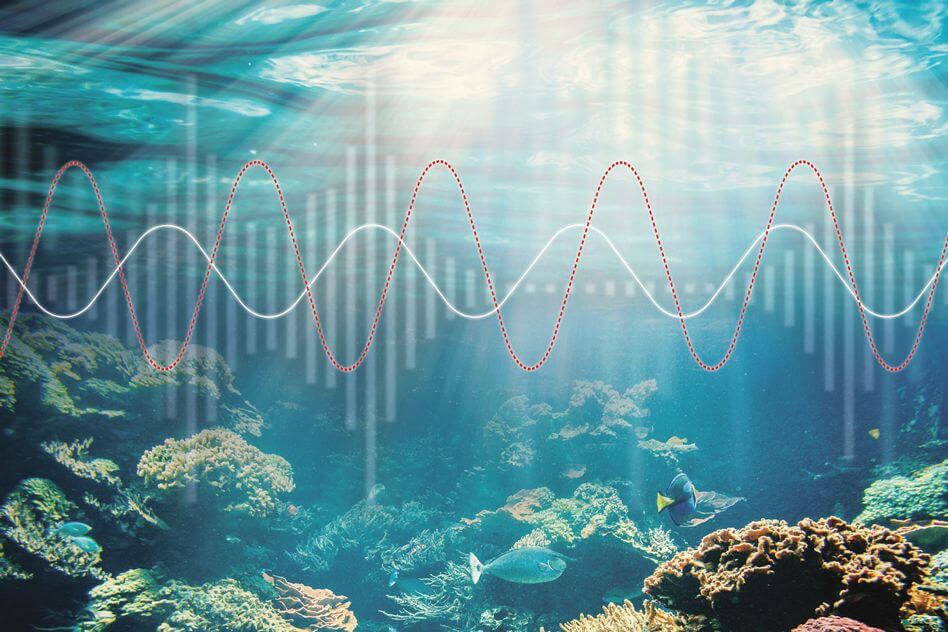
Hey there, fellow fishing enthusiasts!
Ever been out on the water, staring at your fishing rod, and wondering if there’s anything swimming beneath the surface? Or maybe you’ve seen those fancy screens on boats and thought, “Magic! How do they do that?”
Well, my friend, let me tell you, it’s not magic. It’s science, and it’s pretty darn cool.
Today, we’re going to dive deep (pun intended!) into the world of fish finders. We’ll uncover how they work, how to read them, and how they can turn you from a casual caster into a confident angler.
So, grab your favourite fishing hat, settle in, and let’s get started!
Fish finders, at their core, are like the angler’s x-ray vision. They allow us to peek beneath the surface and see what’s happening in the underwater world. But how do they do it?
The answer lies in a technology called sonar.

Think of the transducer as the fish finder’s voice. It’s a small device, usually mounted on the bottom of your boat or on your kayak, that sends out sound waves into the water. These sound waves travel through the water, bouncing off objects like fish, rocks, or even the bottom of the lake or river.

When these sound waves hit something, they bounce back to the transducer. The transducer then listens to these echoes and sends the information to the fish finder’s brain (the display unit).

This is where the magic happens. The display unit takes all those echoes and translates them into visual information that you can understand.
It’s like painting a picture of the underwater world right before your eyes.
Now that we know how fish finders work, let’s talk about how to read that fancy screen.
The first and most obvious thing you’ll see on your fish finder is the depth. This tells you how deep the water is right beneath your boat. It’s crucial for knowing where to fish, especially if you’re targeting specific species that prefer certain depths.
Your fish finder will also show you the shape and type of the bottom. Is it rocky? Sandy? Weedy? This information is gold for anglers because fish love to hang out around structure. They use it for cover, ambush points, and even to find food.
This is what we’re all looking for, right? Those iconic arches or blobs on the screen represent fish. But how do you know if it’s a big lunker or just a minnow?
Depending on your fish finder model, you might have other cool features like:
Okay, so you’ve got all this information on your screen. Now what?
The first step is to learn how to distinguish fish from other objects on the screen. As we mentioned earlier, look for those arches or blobs. But also pay attention to their movement. Fish will usually move across the screen, while rocks and other objects will stay stationary.
Pro Tip: Don’t get too hung up on finding big fish. Sometimes, those smaller arches can lead you to a school of hungry fish, which can be just as exciting (and productive!) to catch.
Understanding the underwater terrain is key to finding fish. Look for changes in depth, like drop-offs, ledges, or humps. These are prime fish-holding areas. Also, pay attention to the type of bottom. Fish often prefer certain types of structure, like rocky bottoms for bass or weedy areas for pike.
Fish finders can be a bit overwhelming at first, but don’t worry. With a little practice, you’ll be reading them like a pro in no time.
Don’t get bogged down by all the fancy features. Focus on the basics: depth, bottom structure, and fish arches. Once you’ve mastered those, you can start exploring the other bells and whistles.
The more you use your fish finder, the better you’ll get at interpreting the display. Take it out on the water as often as you can, even if you’re not actively fishing. Just spend some time watching the screen and seeing how different things look.
Your fish finder has a bunch of settings that you can tweak to get the best possible picture. Experiment with things like sensitivity, depth range, and color palettes to see what works best for you.
Fish finders are incredibly helpful, but they’re not a magic bullet. Don’t forget to use your angling instincts and knowledge of the water. Sometimes, the best fishing spots are the ones you find on your own, without the help of technology.
Remember: Fishing is about more than just catching fish. It’s about enjoying the outdoors, connecting with nature, and spending time with friends and family. So, don’t let the technology take away from the experience. Use your fish finder as a tool to enhance your fishing adventures, not to define them.
Fish finders are powerful tools that can help you find fish, understand the underwater world, and ultimately become a more successful angler. But remember, they’re just one piece of the puzzle. The most important things are your passion for fishing, your willingness to learn, and your respect for the environment.
So, go out there, cast your line, and enjoy the thrill of the chase. And who knows, maybe your fish finder will lead you to the catch of a lifetime.